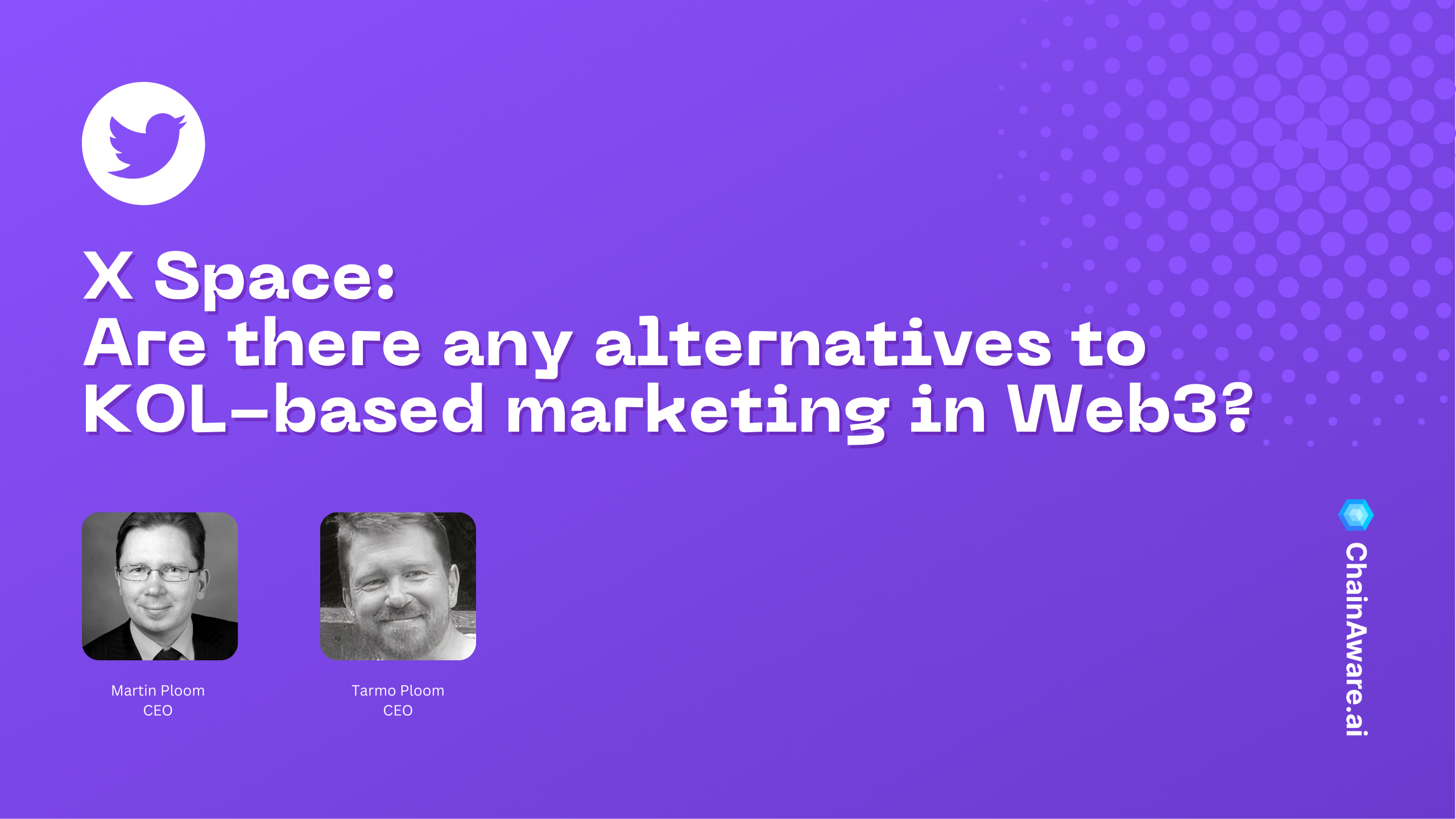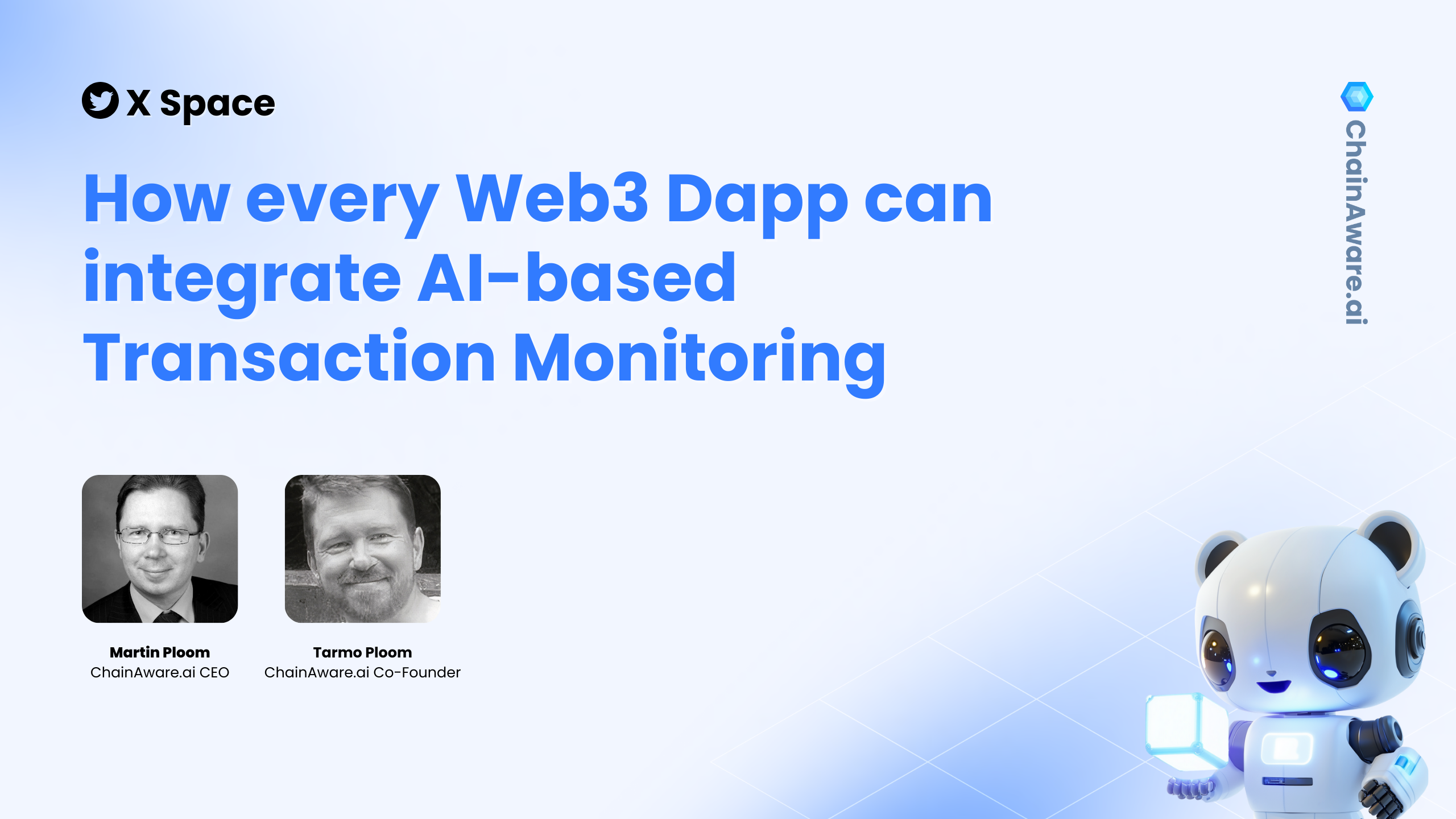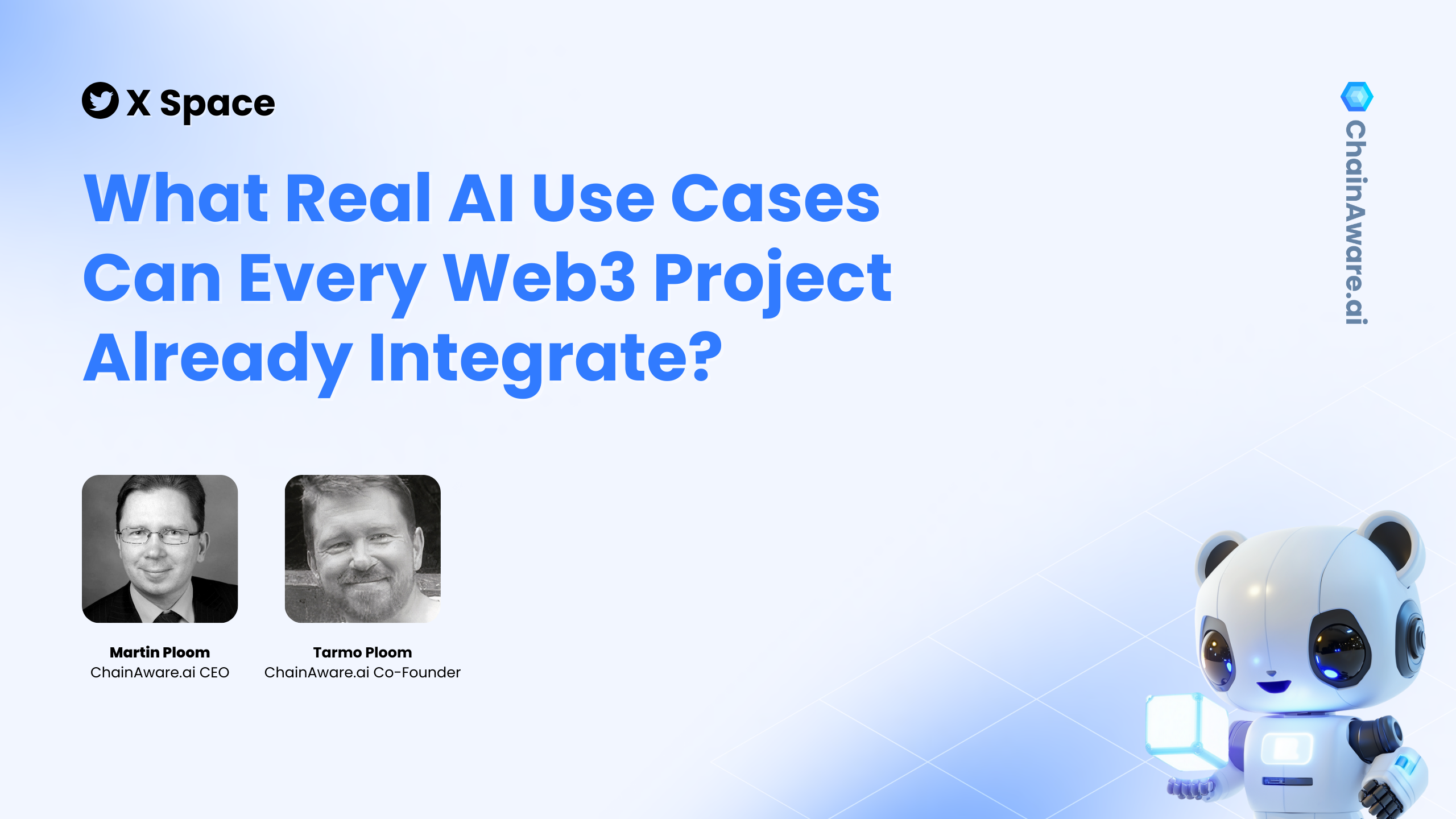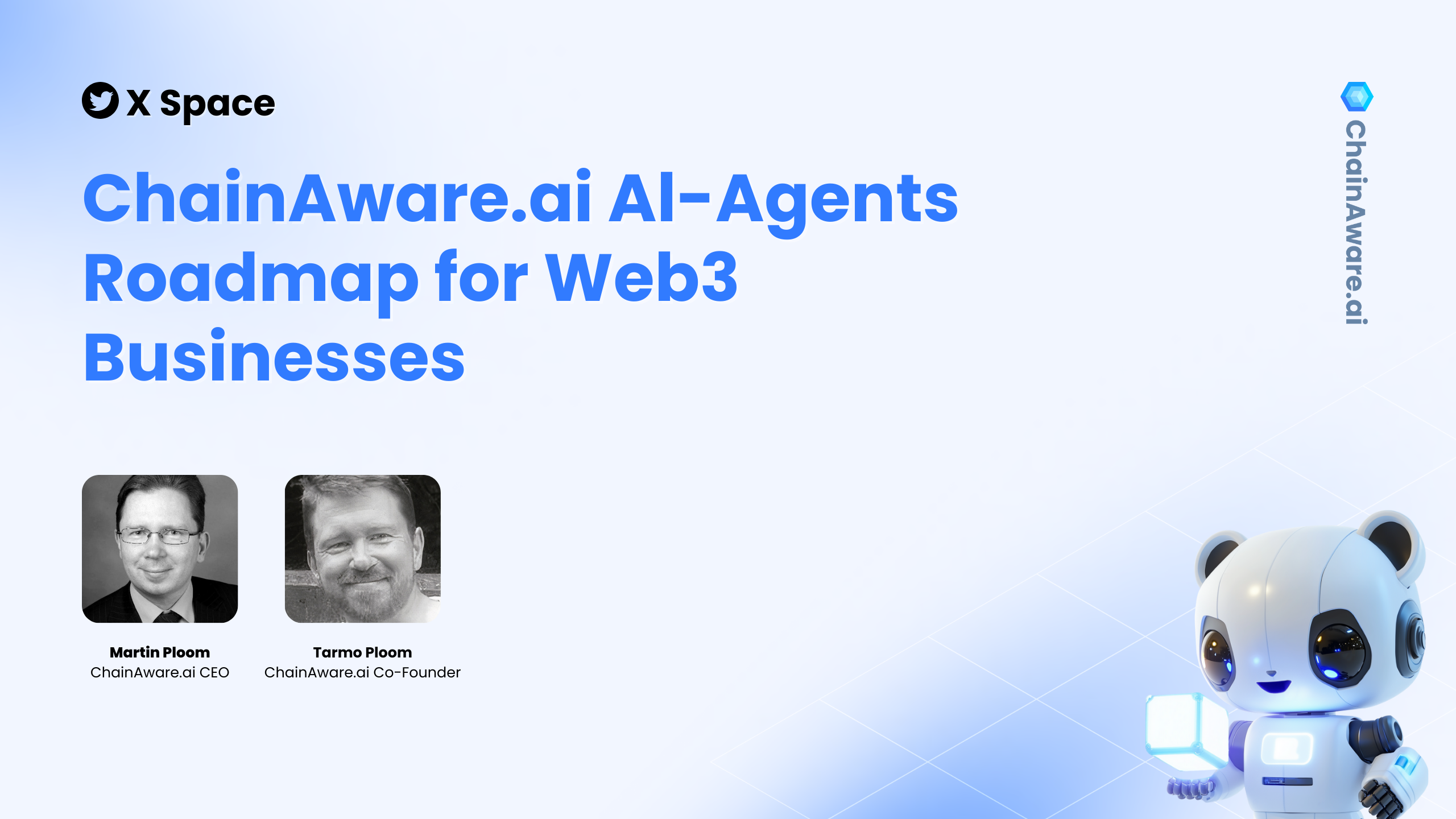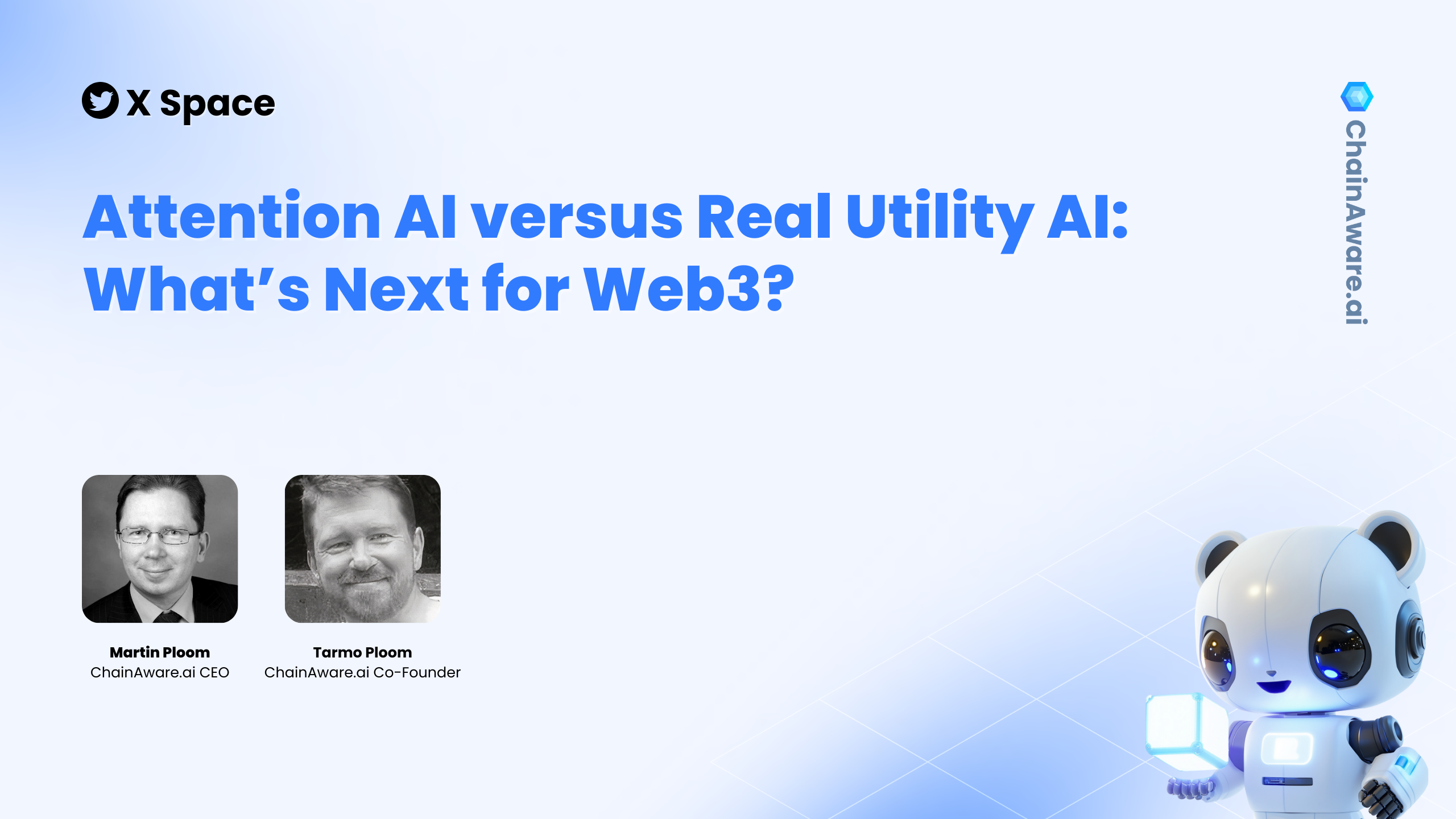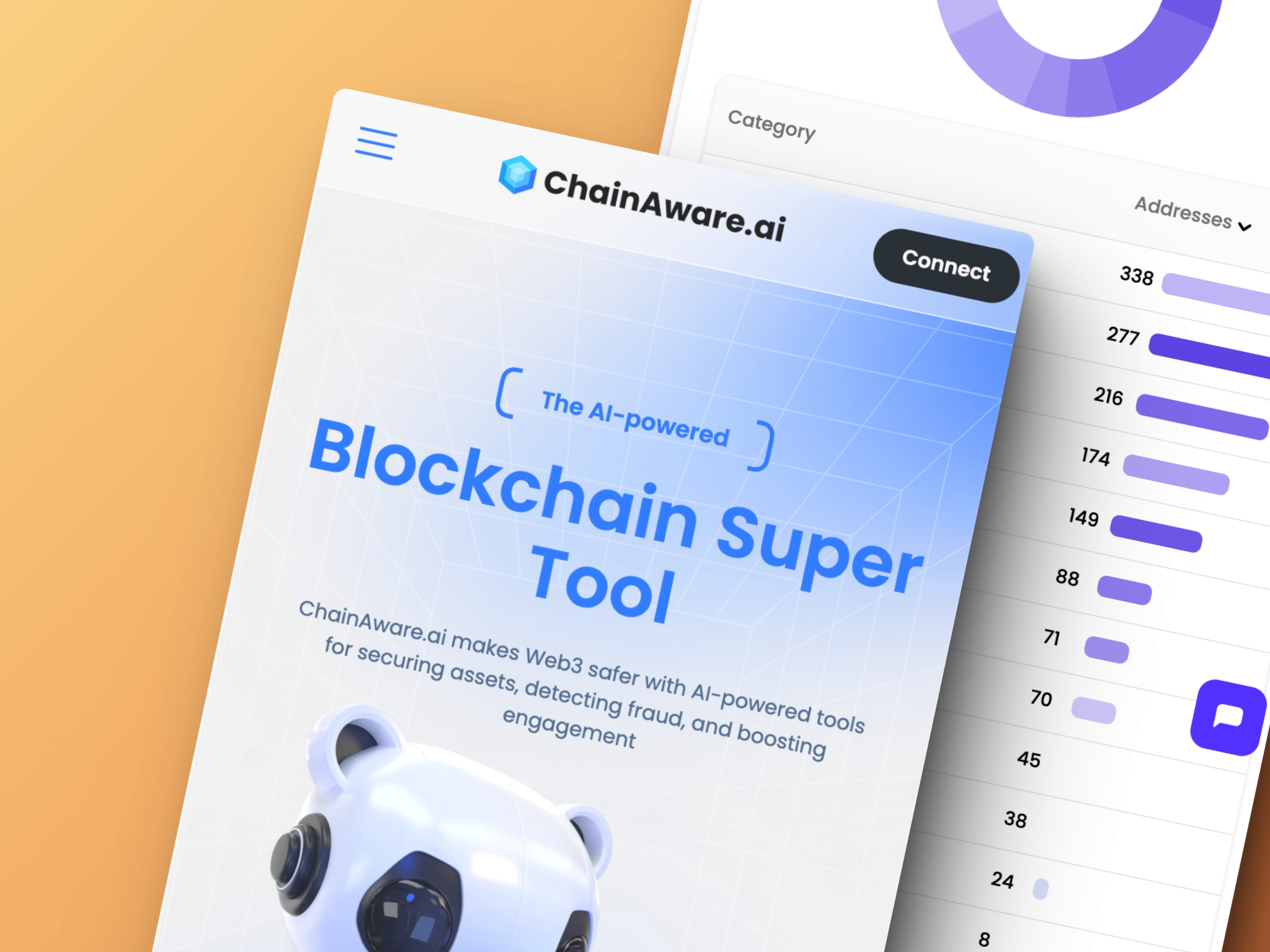Watch the full video: https://www.youtube.com/watch?v=dYJCHyhwXSY
1. Introduction and Overview
The Twitter Space session starts with Martin and Tarmo introducing themselves and their backgrounds in Web3, AI, and finance. They explain the focus of the discussion: Web3 marketing and potential alternatives to the widespread use of KOL-based marketing. The session is framed as an exploration of more sustainable marketing strategies for Web3 founders.
2. What is KOL-Based Marketing?
KOL, or Key Opinion Leader, is a new term for influencers, but it is more specific to the crypto and Web3 space. The idea behind KOL marketing is simple: KOLs share their opinions with their followers, and those followers are expected to act based on the KOL’s recommendations. However, KOL-based marketing is highly transactional, where influencers are paid to promote a project, often with little transparency about their real impact or audience engagement.
3. Challenges and Issues with KOL-Based Marketing
Several key problems are highlighted:
- Transparency: Web3 founders often do not know who follows these KOLs, making it difficult to assess the real impact of their campaigns. Many followers could be bots or non-engaged users.
- Costs: KOL-based marketing is expensive, with a typical campaign costing at least $30,000 per month. This creates an unsustainable cycle for Web3 projects that need continuous investment to maintain attention.
- Short-Term Gains: The attention generated by KOLs is often fleeting. Once the paid promotions stop, user engagement drops off, leading to inconsistent growth and attention for Web3 projects.
4. Overview of Current Web3 Marketing
Web3 marketing today is described as highly outdated, likened to the mass marketing techniques used in the 1930s. Projects rely on broadcasting the same message to large audiences without segmentation, using channels like social media, influencer marketing, banner ads, and community management. The effectiveness of these campaigns is low because they fail to target users based on their specific interests or intentions. This results in high costs and low conversion rates, making Web3 marketing inefficient and unsustainable for many projects.
5. The Role of VCs and KOLs in Web3 Marketing
Venture capitalists (VCs) play a significant role in amplifying the KOL-based marketing cycle. Some VCs, particularly those focused on tokens, are only interested in short-term profits rather than long-term sustainability or innovation. They assess the success of projects based on the hype generated by KOLs, using tools like the Twitter Score to gauge the number of influential accounts following a project. This creates a vicious cycle where projects must rely on KOLs to gain VC interest, leading to inflated marketing costs and unsustainable growth strategies.
6. Alternatives to KOL-Based Marketing
To address the inefficiencies of KOL-based marketing, the discussion proposes several alternatives:
- Narrow Targeting and Intention-Based Marketing: Instead of broadcasting a single message to everyone, projects should target specific segments of users based on their interests and intentions. This requires analyzing user behaviour on the blockchain to predict their next actions.
- Adaptive User Interfaces: Once users arrive on a website or platform, their experience should be personalized based on their needs and intentions. This ensures that the content resonates with users, leading to higher conversion rates.
- Predictive AI and Blockchain Data: Web3 projects can leverage the high-quality data available on the blockchain to make more accurate predictions about user behavior. By analyzing past transactions and patterns, projects can tailor their marketing efforts to target users more effectively.
7. The Future of Web3 Marketing
The future of Web3 marketing lies in the adoption of adtech solutions and new technologies that can reduce the cost of customer acquisition and improve sustainability. Just as Web2 marketing evolved from mass media approaches to intention-based targeting with adtech platforms like Google and Facebook, Web3 will likely undergo a similar transformation. Predictive AI and blockchain data offer significant opportunities to create more effective marketing strategies. Web3 founders need to focus on bringing down the unit cost of customer acquisition, ensuring that their projects can thrive in the long term without relying on the short-term boosts provided by KOLs.
In conclusion, the session emphasizes the need for a shift away from the current reliance on KOL-based marketing toward more data-driven, personalized, and sustainable approaches.
